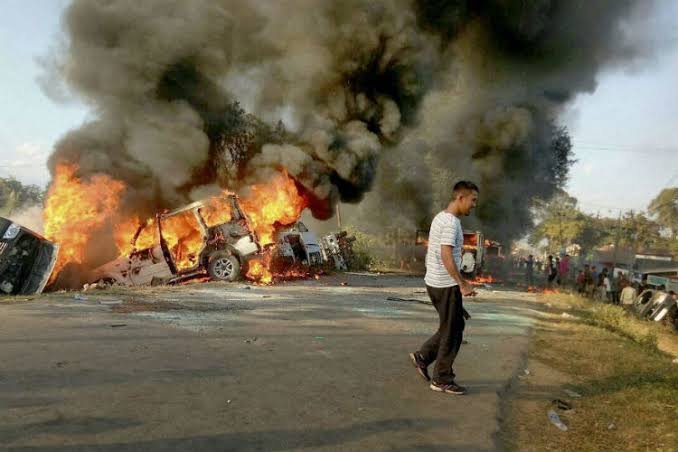Manipur, a state in northeast India, has been witnessing a spate of violence in recent days, leading to the suspension of internet services, imposition of curfew, and deployment of army personnel. The violence erupted after the state government announced the creation of seven new districts in the state, a move that has been met with widespread protests and backlash.
The protestors, mostly from the Naga community, are opposing the creation of the new districts, which they believe will divide their traditional homeland and dilute their political representation. The Naga community has been demanding a separate Naga state for several years, and the creation of the new districts is seen as a move to appease other communities at the cost of the Naga people.
The situation has worsened in recent days, with clashes between protestors and security forces, resulting in several injuries and deaths. The state government has imposed a curfew in several areas and suspended internet services to prevent the spread of inflammatory messages and rumours.The deployment of army personnel has also raised concerns, with many fearing that it could escalate the situation and lead to further violence.
However, the government has defended its decision, stating that it is necessary to maintain law and order and prevent any untoward incidents.The situation in Manipur is complicated by the state’s complex demographic and political landscape. The state is home to several ethnic and linguistic communities, each with their own distinct cultural and political identity.
The creation of the new districts has highlighted these divisions and reignited long-standing grievances and demands for greater autonomy and representation.The current crisis in Manipur underscores the need for a more nuanced approach to addressing the concerns of different communities and ensuring that their voices are heard. It also highlights the importance of dialogue and negotiation in resolving complex and contentious issues.
In conclusion, the violence in Manipur is a manifestation of the deep-seated grievances and aspirations of different communities in the state. While the creation of new districts may have been well-intentioned, it has highlighted the need for a more inclusive and participatory approach to governance and decision-making. The state government, civil society organizations, and other stakeholders must work together to find a peaceful and equitable solution to the current crisis.

